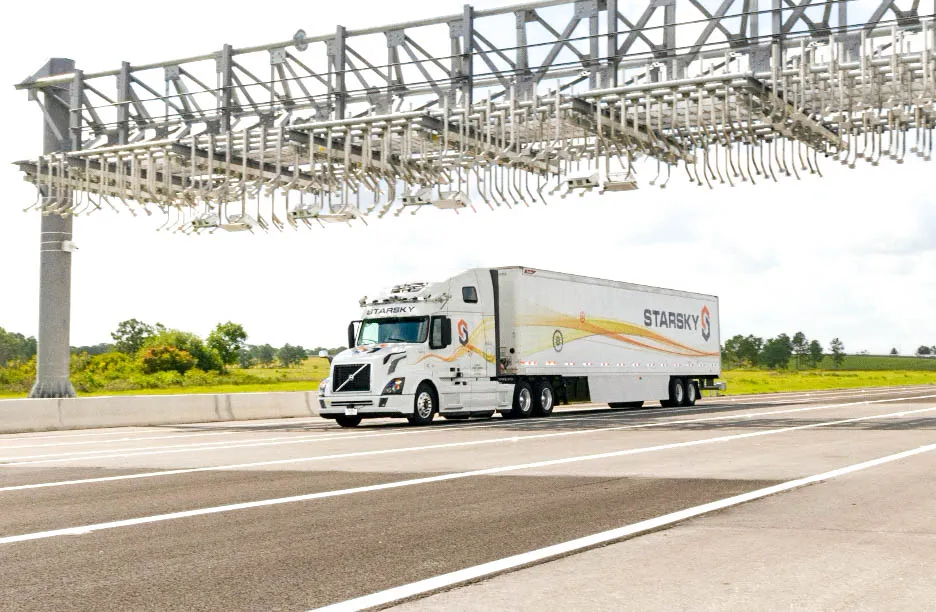The Washington State Department of Transportation (WSDOT) has awarded a contract to WSP/Parsons Brinckerhoff to serve as general engineering consultant on a planned extension of SR 167 in Tacoma.
The project will provide a better freight connection between the Port of Tacoma and the Puyallup/White River Valley and also link industrial and urban centres. SR 167 will be extended four miles westward to connect with I-5 and then continue an additional two miles as the SR 509 spur to connect with SR 509 near
July 29, 2016
Read time: 2 mins
The 451 Washington State Department of Transportation (WSDOT) has awarded a contract to 6666 WSP/4983 Parsons Brinckerhoff to serve as general engineering consultant on a planned extension of SR 167 in Tacoma.
The project will provide a better freight connection between the Port of Tacoma and the Puyallup/White River Valley and also link industrial and urban centres. SR 167 will be extended four miles westward to connect with I-5 and then continue an additional two miles as the SR 509 spur to connect with SR 509 near the Port of Tacoma. Five interchanges are planned.
WSP/Parsons Brinckerhoff will manage the consultant and sub-consultant team and design efforts in the following disciplines: roadway, hydraulics, stream realignment and riparian restoration, structures, geotechnical, wetland mitigation, utility relocation, traffic analysis, maintenance of traffic, illumination, signals, tolling and intelligent transportation systems. The firm will also assist with environmental permitting, local agency coordination in support of agreements, design support in the preparation of design-build or design-bid-build contract packages, and subsequent design support in review of the design submittals.
Construction on the extension is expected to start in 2019.
The project will provide a better freight connection between the Port of Tacoma and the Puyallup/White River Valley and also link industrial and urban centres. SR 167 will be extended four miles westward to connect with I-5 and then continue an additional two miles as the SR 509 spur to connect with SR 509 near the Port of Tacoma. Five interchanges are planned.
WSP/Parsons Brinckerhoff will manage the consultant and sub-consultant team and design efforts in the following disciplines: roadway, hydraulics, stream realignment and riparian restoration, structures, geotechnical, wetland mitigation, utility relocation, traffic analysis, maintenance of traffic, illumination, signals, tolling and intelligent transportation systems. The firm will also assist with environmental permitting, local agency coordination in support of agreements, design support in the preparation of design-build or design-bid-build contract packages, and subsequent design support in review of the design submittals.
Construction on the extension is expected to start in 2019.










